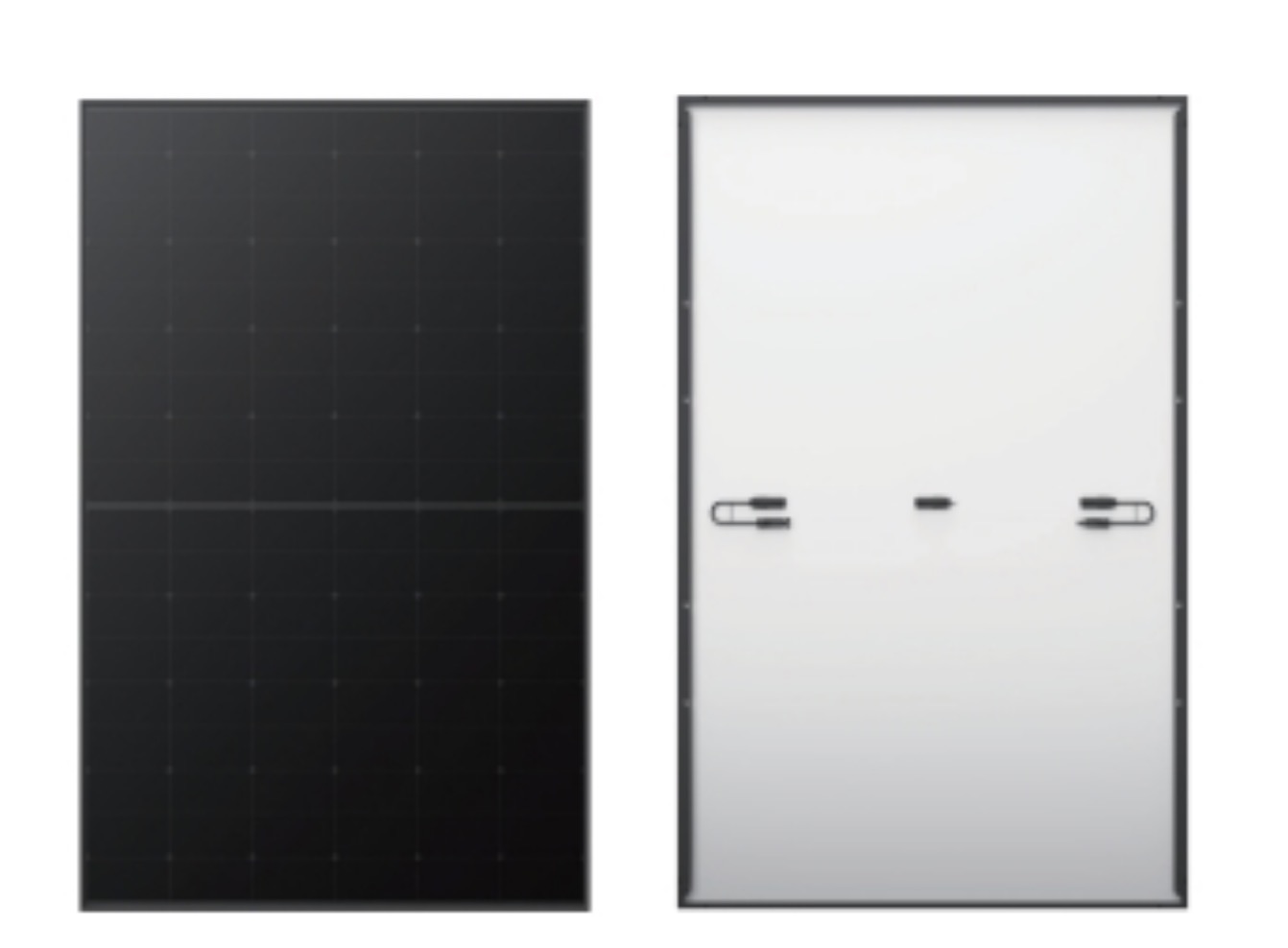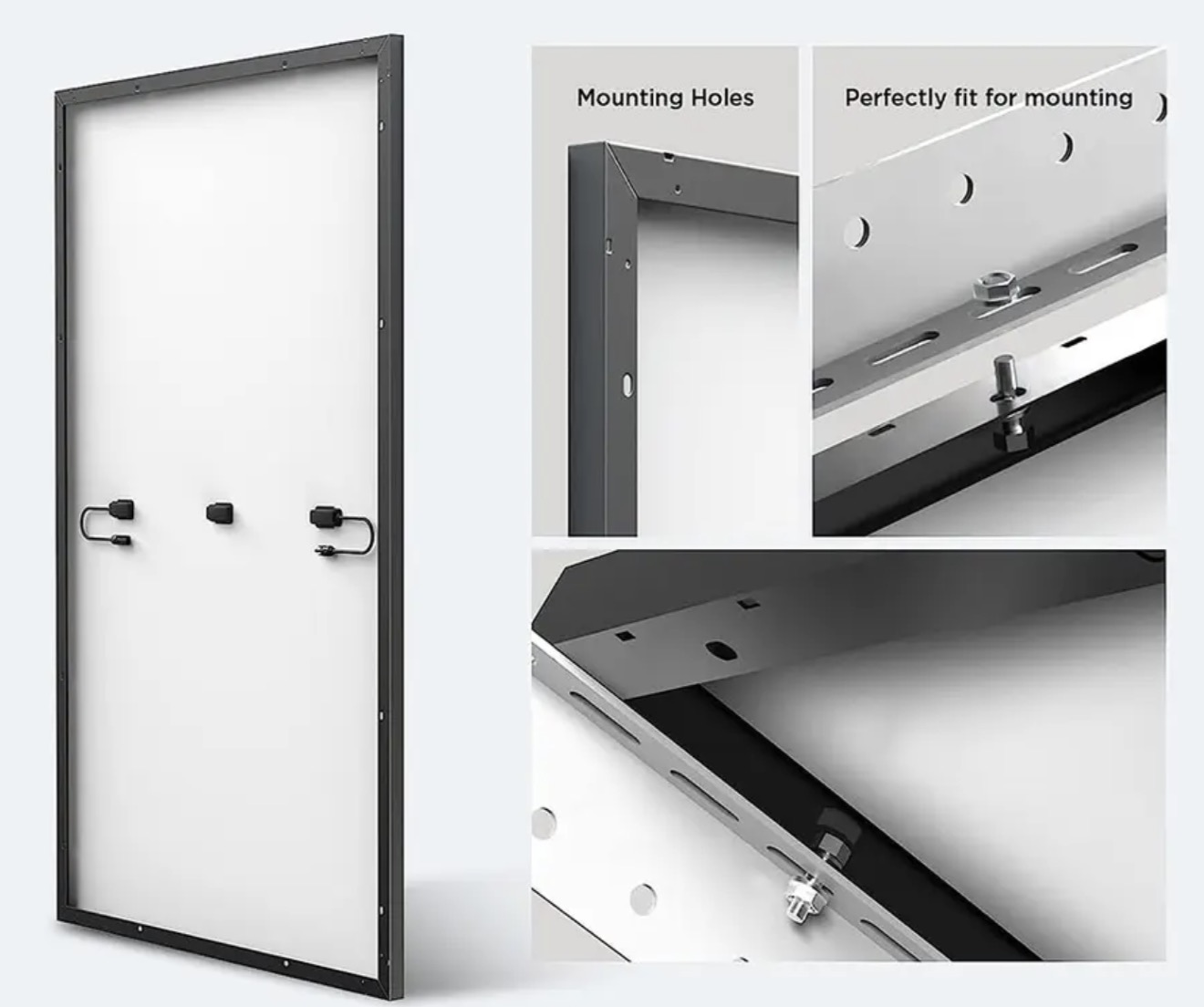Specifications for rectifier diodes and fast diodes
First, the classification of diodes
Diodes can be broadly categorized into two main types: ordinary diodes and special diodes.
Ordinary diodes include rectifier diodes, fast diodes, Zener diodes, detector diodes, and switching diodes. These are commonly used in basic electronic circuits for tasks like voltage regulation, signal detection, and power conversion.
Special diodes, on the other hand, have unique functions. Examples include photodiodes, varactor diodes, tunnel diodes, and trigger diodes. These are often used in specialized applications such as light sensing, frequency tuning, and high-speed switching.
This article will focus on three common types: rectifier diodes, fast diodes, and Zener diodes, explaining their characteristics and applications in detail.
Second, understanding specifications
Rectifier diodes and fast diodes are both essential components in power electronics. Rectifier diodes typically use a planar contact structure, allowing them to handle large currents and high reverse voltages. However, they have higher junction capacitance and are not suitable for high-frequency applications. They are commonly used in low-frequency circuits such as rectification, clamping, and protection.
Fast diodes, in contrast, are designed for high-speed switching. Their key feature is a short reverse recovery time—often less than 10 nanoseconds—which makes them ideal for high-frequency rectifiers, switching power supplies, and inverter circuits. Fast recovery diodes (FRD) and Schottky diodes (SBD) are two common types of fast diodes.
Schottky diodes, for example, have a very low forward voltage drop (around 0.45V) and minimal switching loss, making them popular in high-speed, low-voltage applications. Unlike standard PN junction diodes, Schottky diodes are based on a metal-semiconductor junction, which allows for faster operation and lower power consumption.
The volt-ampere characteristics of these diodes are critical for selecting the right component for a given circuit. Specifications such as maximum current, reverse voltage, and reverse recovery time must be carefully considered to ensure reliable performance.
Third, Zener diodes
Zener diodes are specially designed to operate in the reverse breakdown region. When the reverse voltage reaches a certain threshold, the diode begins to conduct, maintaining a stable voltage across its terminals. This makes them ideal for voltage regulation in power supply circuits.
Zener diodes are typically made from silicon using alloying or diffusion techniques. They exhibit both unidirectional conduction and reverse breakdown characteristics. However, it's important to ensure that the reverse current does not exceed the rated value, as this could lead to permanent damage.
The volt-ampere curve of a Zener diode shows a sharp increase in current once the breakdown voltage is reached, while the voltage remains relatively constant. This behavior is crucial for applications such as reference voltage sources and overvoltage protection.
Fourth, common packaging types
Diodes come in various package styles, each suited for different applications. Axial packages are traditional and easy to mount on PCBs, while SMD (Surface Mount Device) packages are compact and ideal for high-density designs.
TO packages, such as TO-220 and TO-92, are commonly used for larger diodes with higher power ratings. Bridge rectifiers, which consist of four diodes arranged in a full-wave configuration, are widely used in AC-to-DC power supplies.
Choosing the right package depends on factors like current rating, heat dissipation, and space constraints in the circuit design.
Fifth, application in switching power supplies
In switching power supplies, diodes play a critical role in rectifying and regulating the output voltage. For example, in a flyback converter, a fast diode is used to block the reverse current during the off-cycle, ensuring efficient energy transfer.
Another example is the use of a Zener diode in a feedback loop to maintain a stable output voltage. By comparing the actual output with a reference, the control circuit adjusts the duty cycle to keep the voltage within the desired range.
Understanding the proper selection and placement of diodes in these applications is essential for achieving optimal performance and reliability in modern electronic systems.
All black solar panels or black frame Solar Panel, power range around 400w to 460w which is higher solar panel efficiency the front black or front and back are both black.
All black solar panel data
| mono type | mono crystalline half cut cell |
| power range | 400watt to 460watt |
| dimensions | 1176*1134*30mm |
| type | monofacial type or bifacial type |
Product details and pic


All Black Solar Panel,Trina Solar Panel Vertex S,Mono Crystalline Pv Modules,Full Black Solar Panels 420Watt
PLIER(Suzhou) Photovoltaic Technology Co., Ltd. , https://www.pliersolar.com